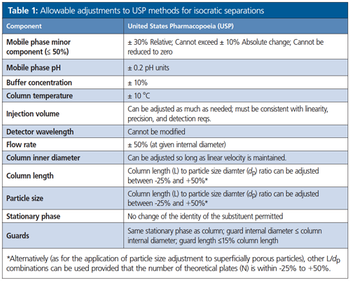
The investigation of airborne PFAS transmission is important in preserving the outdoor urban environment. The authors explain why GC–MS/MS and LC–MS/MS are the best techniques for analyzing airborne PFAS.

The investigation of airborne PFAS transmission is important in preserving the outdoor urban environment. The authors explain why GC–MS/MS and LC–MS/MS are the best techniques for analyzing airborne PFAS.

Per- and polyfuorinated alkyl substances (PFAS) are a rapidly growing environmental and human health concern. Owing to their broad commercial use, chemical stability, and bioaccumulation potential, these compounds are widely dispersed in the environment and can cause exposure through many potential pathways. To adequately estimate exposure risks, analytical methods are required that can measure low levels of PFAS compounds in many types of matrices. As will be described, recent advances in solid-phase extraction (SPE) and liquid chromatography tandem mass spectrometry (LC–MS/MS) have enabled the identification and quantification of a large number of PFAS compounds at low concentration (

The implementation of the FSMA (Food Safety Modernization Act) and the continued globalization of the food supply have increased the need for improved analytical methods for quality and safety testing. Food safety and quality requirements are increasingly stringent, as are consumer expectations. In addition to new methods, the industry continues to look for improvements in laboratory productivity and new ways to reduce costs. These trends extend to dietary supplements and natural products. This article discusses the current state of efforts to modernize US Pharmacopeia (USP) compendial methods to take advantage of new chromatography technology, including the use of “allowable adjustments”.

Published: September 1st 2023 | Updated:

Published: February 21st 2017 | Updated:

Published: May 15th 2018 | Updated: